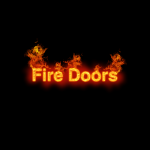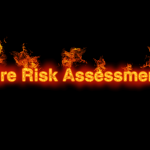There are a number of common factors which can impact on the cost of your fire risk assessment. The factors below will influence the price of the assessment as they determine how long the inspection will take and the potential risks involved.
- Number of buildings
- Size of the building or buildings
- The number of occupants
- The vulnerability of the occupants
- Number of floors
- Usage of the building or buildings
- The risk level of the building or buildings
- Sleeping occupants
- Type of fire risk assessment required
When requesting quotations for a fire risk assessment, you will find that you will be quoted anything between £200 and £900 for a low-level priced premises.
A lone fire risk assessor can be cheaper and will charge between £150 and £200. However, they may not have sufficient backup or assurance meaning that hiring them can be taking a risk on service and quality.
At the other extreme, a branded fire protection equipment manufacturer will charge up to £900, and in most cases, you are paying more for the brand name and not quality assessment services.
If you’re quoted a price which seems too good to be true, then it’s likely that it is. Remember that a fire risk assessment is not all about getting a piece of paper. So, don’t look for ways to get cheap services. Instead look for quality services within your budget range. The problem with cheap assessments is that they might not be “suitable and sufficient” and likely to miss potential hazards. As a result, it may be hard to take the correct action hence leading to fire or prosecution.
Examples of buildings with a low-level price
Generally, these buildings should not take a great deal of time and will present few risks. As a result, you may expect to pay in the region of £300.
Examples of buildings with a mid-level price
Generally, these buildings are larger, have a variety of risks present and a high number of potential occupants.
Examples of buildings with a high-level price
Generally, these buildings are multi-site fire risk assessment projects.




